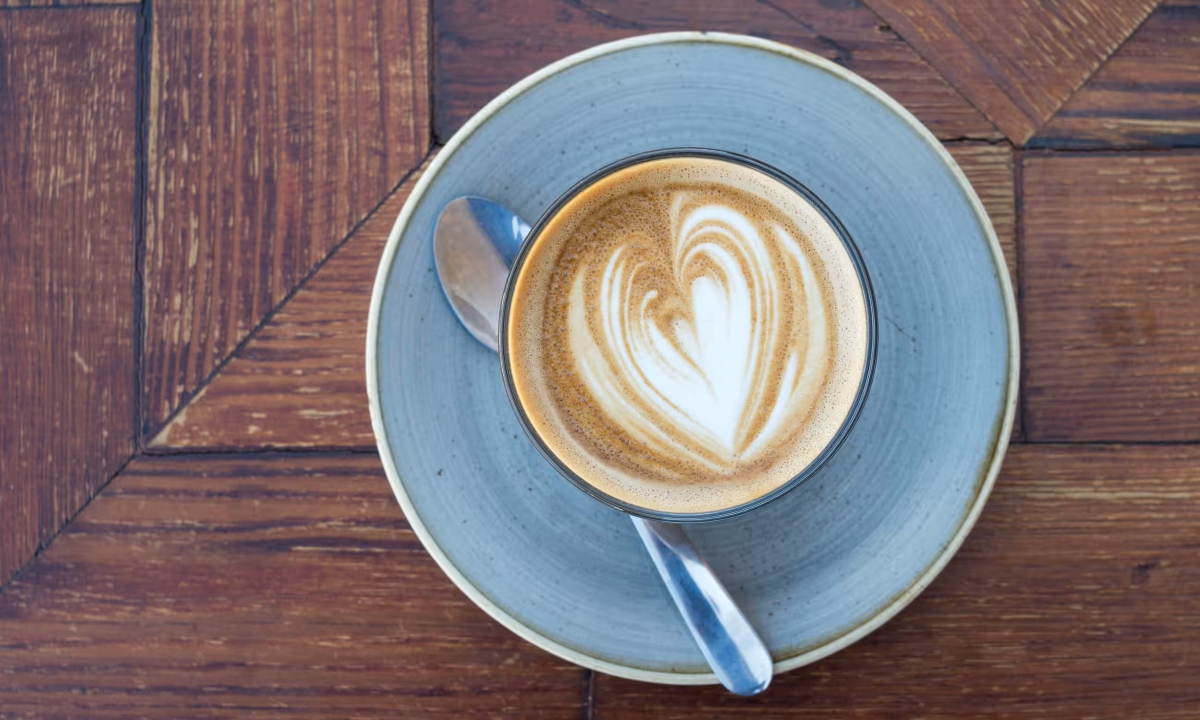From a 13th-century Yemeni brew to today’s pursuit of the perfect caffeine hit, coffee culture continues to evolve.
Adapted from The Guardian | Sun 9 Feb 2025
When Jacob opened what is believed to be Britain’s first coffee house in Oxford in 1650, he likely had no idea what he was setting in motion. At the time, coffee was already fashionable in Europe. In France, where the drink arrived earlier, the Turkish ambassador dazzled guests, including Isaac D’Israeli—father of Benjamin—by serving the finest Mocha coffee in delicate porcelain cups. Perhaps Jacob hoped to capture some of this allure at the Angel Coaching Inn, where entry cost just a penny.
Back then, coffee was simple—fragrant yet intensely bitter. There were no elaborate choices, no caramel syrups, and certainly no milk-based confections. The only real social misstep was grimacing too much at the first sip, an error that grand ladies were adept at disguising behind their fans.
Fast forward to 2025, and coffee is everywhere, thanks to the dominance of high-street chains. But for those who care about personal branding, it has also become something of a social minefield.
The Rise of the Flat White (and Its Decline?)
Not long ago, it was perfectly acceptable to order a cappuccino or a latte in the afternoon—unless you were Italian, in which case you knew that milk-based coffee is strictly for breakfast.
Then, in the mid-2000s, the flat white arrived in Britain, brought over from either Australia or New Zealand (no one seems entirely sure). Stronger than a latte but less frothy than a cappuccino, it quickly became the go-to choice for discerning coffee drinkers. Even major chains like Starbucks and Costa took notice, though true aficionados likely prefer to overlook this.
Yet, every coffee trend has its moment, and at the higher end of the market, the flat white’s reign may be waning.
Enter the Long Black
The latest trend? The long black, another coffee with roots in Australia or New Zealand. In 2023, it was London’s fifth most popular order, accounting for 9% of sales, and has since gained traction in cities like Bristol, Edinburgh, and Leeds. By 2026, expect to see it in local independent cafés across the country—and not long after, on the menus of high-street chains. With a bit of luck, it will be available in canned form in supermarkets by 2028.
So, what is a long black? Despite its name, it’s actually shorter than an americano. Made by pouring an espresso over hot water in a small cup (typically 120ml), it preserves the crema—the rich foam on top that coffee purists revere. While an americano can be mild and unremarkable, the long black promises a bolder, more intense coffee experience. But is it truly special? That’s up for debate. Like the eternal search for the perfect lipstick, the pursuit of the perfect coffee is never-ending.
Coffee Trends: Back to the Future
Coffee trends often have a way of circling back. Many people grew up with pour-over coffee, watching hot water slowly drip through a filter into a cup. Today, this slow-brew method has made a comeback in specialty cafés, where patience is part of the ritual. The result? A superior taste compared to an americano or a long black. However, in the rush of the morning commute, or when faced with a long queue, the convenience of a quick espresso still wins out.
The Evolution of Coffee Culture
Despite our obsession with the latest coffee trends, the drink itself is no longer the subversive force it once was. In its early days, coffee was shrouded in myth—dancing goats, sleepy monks, and, as Alan Davidson notes in The Oxford Companion to Food, the 13th-century Yemeni tradition of roasting beans, where coffee was known as Qahwah, a poetic term for wine. At times, it was even viewed as a threat to religious life, feared for its ability to keep worshippers awake through the night.
Today, coffee has lost much of its revolutionary edge. Some might boycott big chains, independent cafés may push for sustainability, and ethical consumers are willing to pay more for fair-trade beans. But ultimately, coffee has become as comforting and mainstream as English breakfast tea.
Still, whether it’s a flat white, a long black, or whatever comes next, one thing remains constant: our relentless pursuit of the perfect cup.
